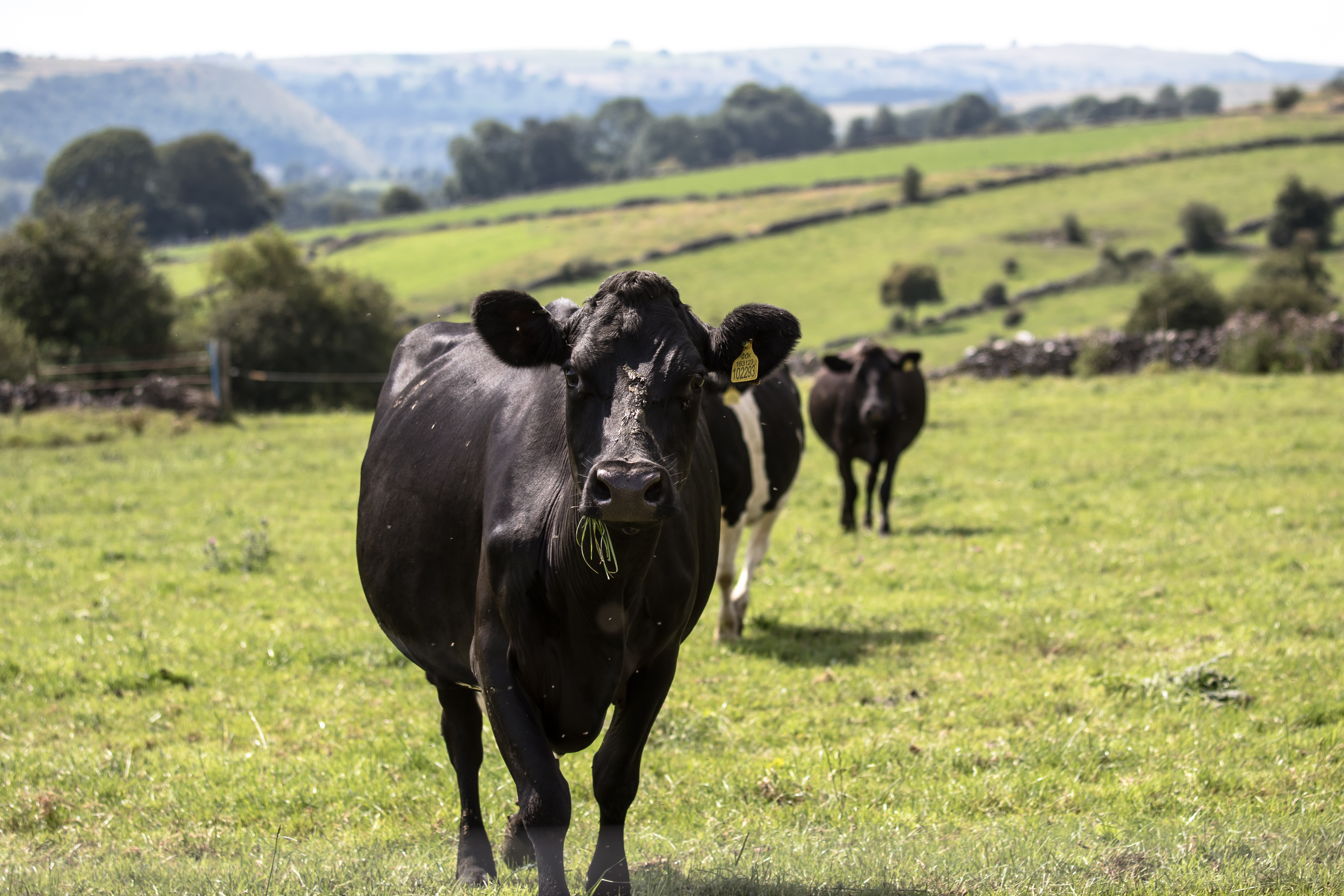Planning autumn grazing
Friday, 17 July 2020
Next month, it’s time to start planning your farm’s grazing to set up for spring 2021. So keep measuring, take a look at long-range weather forecasts and use your grazing software to help you make good decisions. This advice, from LIC grazing consultant Bess Jowsey, comes on the back of an expensive grazing season for many herds hit by the drought.
She has seen further challenges caused by mineral deficiencies, or grass palatability issues from soil biology affecting nutrient uptake in the sward, plus concerns about winter forage stocks on some farms. Because of the drought, seedheads have been more prolific this year, making it harder to maintain pasture quality. And while the recent rainfall has been welcome, Bess says there are farms struggling to manage a sudden surplus of grass.
“It’s also the fourth or fifth grazing round, which brings problems with dung pats and rejection sites, so the next couple of rounds are going to be tricky,” she says. “But poor management now, with lots of rejection sites and not-so-good residuals (where cows are going into too-long covers and not grazing down efficiently) will create dead matter at the sward base this autumn. When this rots, it kills what is underneath it, resulting in bare patches next spring.
“It’s really important, therefore, to have a grazing plan, use the autumn rotation planner and scenario predictions in your software, and do some winter-feed budgeting to calculate where you might be short of silage.”
Bess suggests that any paddocks with more than 10–15% seedheads post-grazing should be grazed with dry cows or mown, as there should now be enough soil moisture to grow leaf without the plants flowering again. “Then make sure you allocate the right amount of grass at optimum quality and hit a residual,” she adds.
One concern, she says, is that those who are short on winter forage might be tempted to take larger cuts of surplus grass, closing up more area for silage. This risks average farm cover being too low in August, she points out. “People will put themselves under pressure to make more silage and will run short of grazing on the platform. Remember: it’s not silage until you cut it! Be flexible and think of grazing it – you could leave half a paddock and either strip-graze or pre-mow this deferred grass.”
Using the autumn rotation planning tool will help to plan autumn grazing. As average farm cover builds up in August and September, the planner will calculate the percentage of the platform to be grazed each week, explains Bess. The aim is to leave the platform growing grass in a wedge over winter, with some plants maximising the growth rate through their third leaf.
Tidying up the platform using youngstock to graze down too-high covers won’t leave a wedge. “As a result, herds will miss out on the first round in spring because there won’t be any grass. Trying to create a wedge in spring means turnout is late, grass growth soon gets out of control and things snowball from there,” she explains.
Autumn rotation planner
- Start planning mid-August
- Helps extend grazing season
- Setsf the farm that should be grazed each week
- Sets up farm in final rotation to maximise growth over winter for grazing next spring
- Flush of grass growth in late August/September helps build up average farm cover


